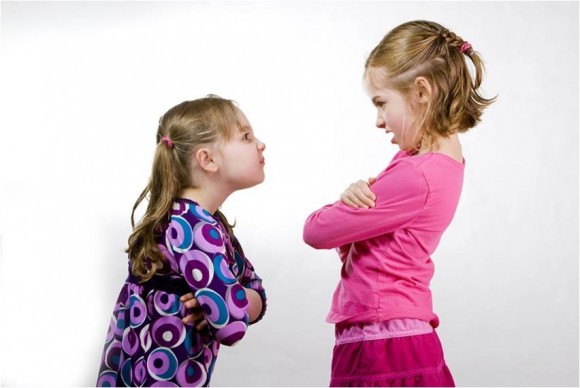Group roles and norms are utilized in every aspect of teamwork from being a part of a sports team to running an organization/business. Earlier this year, my best friend and I decided that we wanted to try and start our own community/organization in gaming as we are both heavily interested in games as well as business (him more so than myself as he graduated with a business degree). Although many times the group roles are solidified early, we wound up having to have many meetings where we discuss and modify our roles the more people we brought on board and had in the community. Initially the roles for us two were simple, we both pretty much do everything and our main goal as owners is to facilitate growth. In this early stage we had mostly task roles, which are roles “that an individual fulfills by actually performing work” (Hughes, Ginnett, & Curphy, 2006).
Many of our tasks at the time involved reaching out to people, recruiting, doing research on potential ideas etc. However, there quickly became a need for relationship roles when we brought a third owner as well as a director of esports onto the team. “Relationship roles are those that an individual fulfills by keeping the team in harmonious connection so that the work can get done” (Hughes, Ginnett, & Curphy, 2006). While my job early on included relationship roles, we all found ourselves at one point having to fulfill the overall groups relationship roles by hosting meetings and initiating team building activities to keep the high spirits when working toward our goals.
Once we were about a month or two in, we had established multiple tiers of management and a small community. At this point, there was almost a “redistribution” of roles for some. For us three owners we are largely responsible for task roles in terms of management as well as a few minor relationship roles, however our directors and team management only really had task roles. These roles include things like training, scheduling, announcing events, recruiting for team positions etc. We also added some community directors. The relationship roles of our community directors are to foster community engagement as well as host team building events and the task roles are to promote and announce.
At this point everyone on the team understood their group roles for the most part and we started to unconsciously have group norms. Group norms are essentially unofficial standards of behavior within the group. Some examples of norms we all started to exhibit included, fully listening to and respecting other members of management as now we know and can work better with each other, promoting and celebrating achievements when watching our teams play or getting a sponsorship, fully contributing to each discussion and brainstorming session, delegating time without distractions to work/discuss ideas etc. When I first started to notice these behaviors and cohesiveness, it was very fun and quite intriguing as we were seeing progress as a team.
Uniquely, we all decided it would be a great idea to get in contact with a graduate student who reached out to us with aspirations to work as a mental performance coach in sports/Esports and was looking for field experience. We brought him on board and his roles unlike most already in the organization were determined to be solely relationship roles. His responsibilities were to be an outlet for individuals, improve player’s mental fortitude, and teamwork ability. Players mostly, but also community members are encouraged to contact him with concerns, when they want advice, or just to talk. He is also present when our teams play and helps them stay composed so in my opinion it’s an under appreciated position in a team setting; especially one that has goals in fostering a friendly yet competitive community/fan base. While these are still the beginning stages of our journey, I feel that our non deliberate emphasis on the importance of different group roles and norms early on has served as a catalyst in how we have been able to grow and function as a team and overall organization.
References:
Hughes,R.L., Ginnett, R.C., & Curphy, G.J. (2006). Leadership: Enhancing the Lessons of Experience. New York: McGraw-Hill/Irwin.
Gruman, J.A.,Schneider, F.W., & Coutts, L.A. (2017). Applied Social Psychology. Thousand Oaks, CA: Sage.



